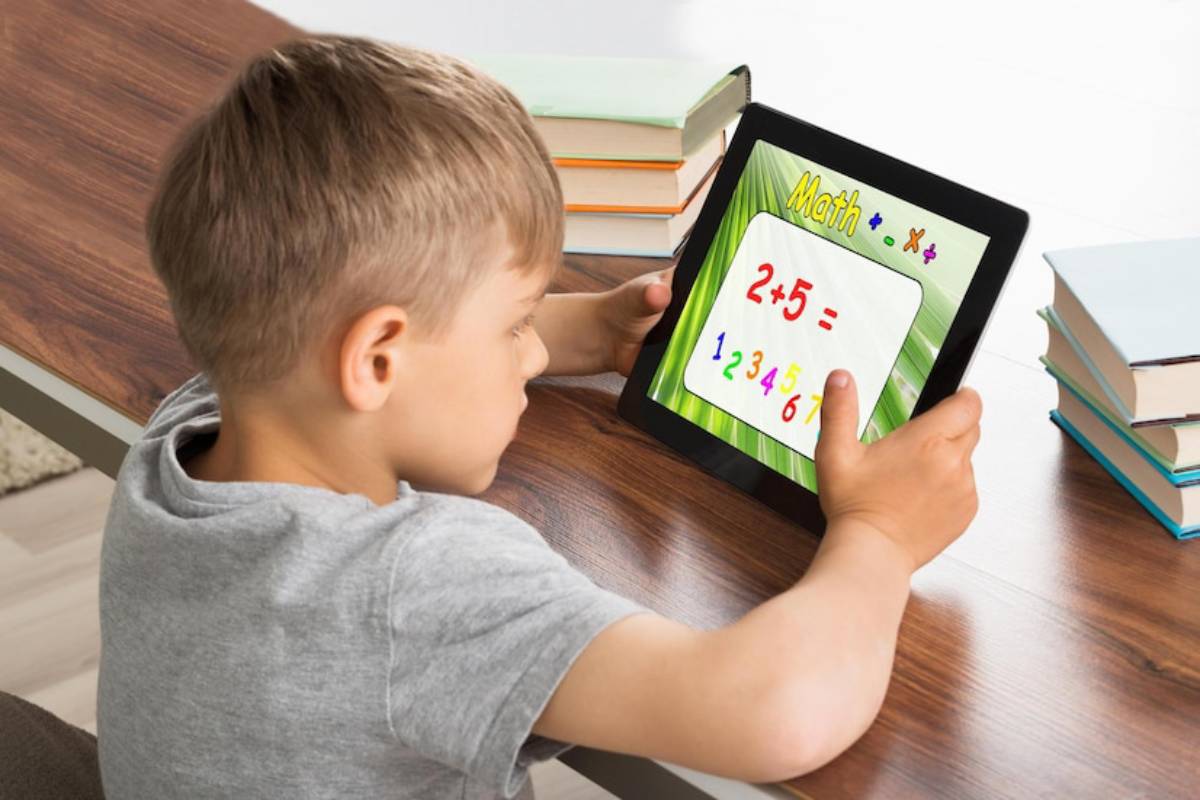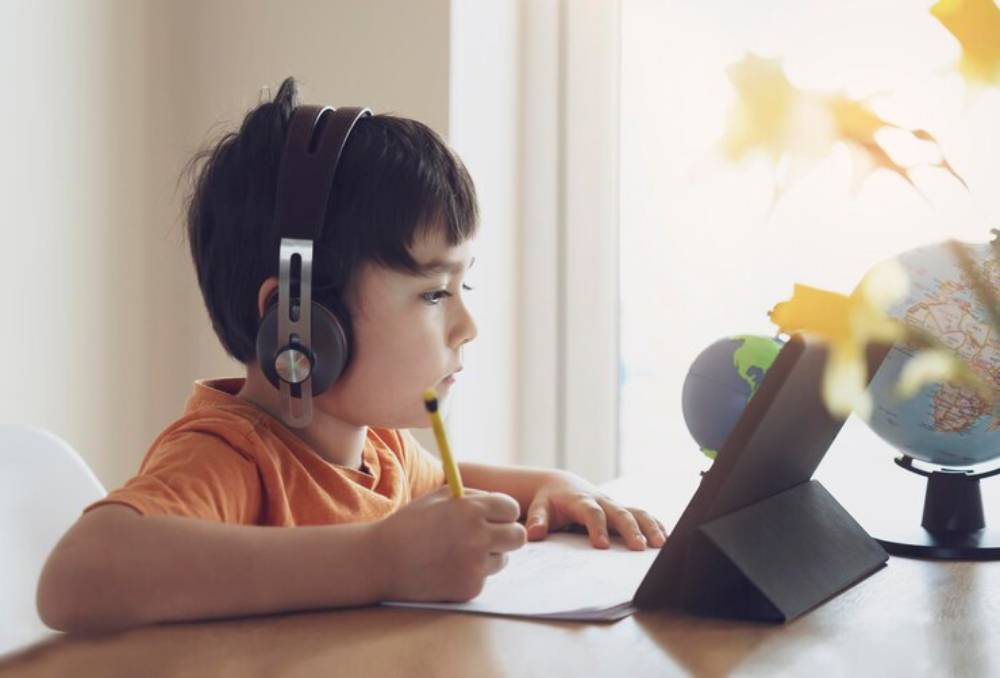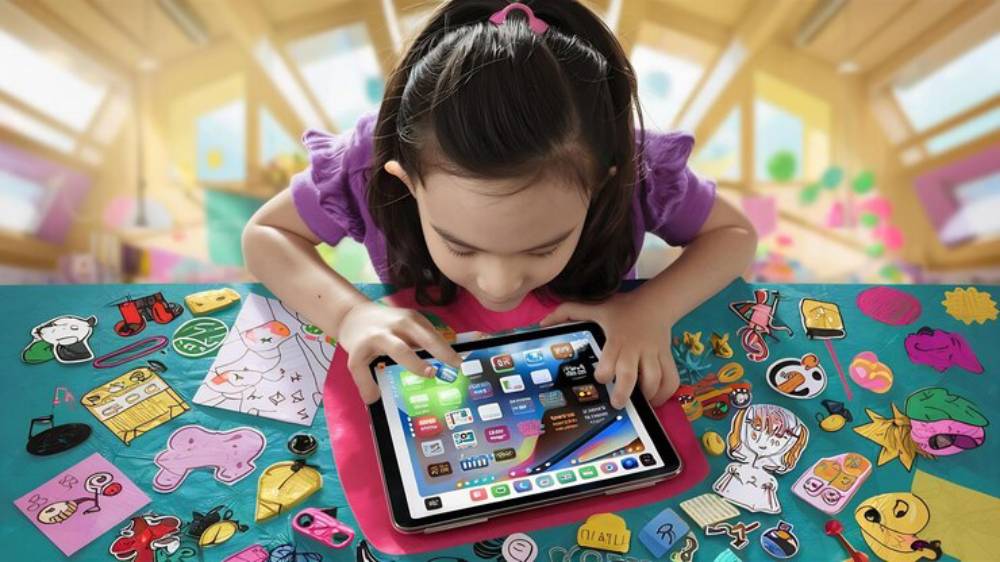
The Pros and Cons of Educational Apps for Kids
In today’s connected world, children are introduced to technology from a very young age. Educational apps are popular tools for young learners. Parents and educators often choose them. These apps make learning fun and easy. They offer math games, language tutorials, and more. With their growing popularity, an important question arises: Are educational apps good for kids?
This blog looks at the pros and cons of educational apps. It helps parents choose the right digital learning tools and use them wisely.
Why It Matters
The Growing Role of Technology in Early Education
Whether at home or in the classroom, technology now plays a significant role in how children learn. Studies show that kids aged 3 to 8 are spending more time on tablets and smartphones. They often use these devices for educational content.
The rise of educational apps shows a shift to interactive, tech-based learning. However, not all apps are created equal, and unmonitored screen use can undermine the learning process rather than enhance it. That’s why understanding both sides of the equation is essential.
Bridging the Gap Between Play and Learning
Educational apps offer a fun way to learn. They are often called “edutainment.” While this can be a great way to engage young minds, there’s a fine line between productive screen time and passive consumption. Seeing this difference helps parents and caregivers build a balanced learning experience that doesn’t just depend on a screen.
Key Benefits of Educational Apps
1. Personalised Learning Experience
Many educational apps use adaptive technology to tailor content to a child’s individual learning pace. This lets kids go back to tough topics or move faster if they’re ready. It helps boost their confidence and memory.
2. Enhanced Engagement and Motivation
Gamified learning elements—like rewards, levels, and interactive challenges—can make education more engaging. These features often motivate kids to complete lessons, encouraging consistency and goal-setting.
3. Accessible Learning Anytime, Anywhere

Educational apps offer flexibility. Your child can learn in short bursts, whether in the car, at the doctor’s office, or at home. They don’t need textbooks or a traditional classroom.
4. Development of Digital Literacy Skills
When kids use these apps, they build digital skills. They learn to navigate interfaces, understand prompts, and use tools that will help them in the future.
5. Support for Diverse Learning Styles
Visual learners may benefit from animation-rich content, while auditory learners can engage with narrated instructions or songs. Many apps offer multi-sensory experiences that cater to different learning preferences.
Additional Expert Tips & Common Mistakes to Avoid

Tip #1: Choose High-Quality, Age-Appropriate Apps
Not every app labelled “educational” lives up to its promise. When choosing apps, check for:
- Development by educators or child psychologists
- Age-appropriate content and difficulty
- Clear educational goals
- No excessive ads or in-app purchases
Seek out recommendations from trusted sources like Common Sense Media or educational blogs to ensure the content is truly enriching.
Tip #2: Set Limits and Encourage Balance
A common mistake parents make is allowing too much time on educational apps under the assumption that “at least they’re learning.” In reality, screen time—even when educational—needs boundaries. Aim for balance with hands-on activities, outdoor play, and face-to-face interaction.
Tip #3: Participate in the Learning Process
Children benefit more when parents or caregivers engage with them. Instead of handing over a device and stepping away, try sitting down to discuss what your child is learning. Ask questions, praise progress, and relate lessons to real-life situations.
Mistake to Avoid: Replacing Traditional Learning Entirely
While apps can be great supplements, they shouldn’t replace traditional forms of learning, such as reading physical books, drawing, building with blocks, or social interaction. Over-reliance on screens can hinder critical development in motor skills, socialisation, and imagination.
Mistake to Avoid: Ignoring Screen Quality and Fatigue
Blue light exposure and overstimulation can affect sleep and focus. Be mindful of how long your child is spending on devices, and incorporate regular breaks to reduce digital fatigue.
Advanced Insights and Expert Recommendations
Look Beyond Academic Content
The best educational apps not only teach reading or math but also focus on soft skills like empathy, patience, and problem-solving. Look for apps that encourage creativity, critical thinking, and collaboration through storytelling or open-ended challenges.
Observe Behavioural Responses
Pay attention to how your child behaves before, during, and after using educational apps. Are they energised, frustrated, calm, or irritable? This can tell you whether the app is genuinely supportive or just another distraction.
Regularly Rotate Content
Just like traditional lessons evolve, so should your child’s app content. Regularly update or switch out apps to match developmental needs and keep the experience fresh and engaging.
Avoid Multi-Tasking on Apps
Encourage your child to focus on one activity at a time within the app. Many children try to flip between learning games and entertainment apps, which can reduce focus and decrease comprehension.
Use Progress Tracking Features
Some educational apps offer dashboards or reports that track your child’s progress. These can help you identify strengths and areas for improvement—and better support your child with personalised reinforcement offline.
Finding the Right Digital Balance
Well-chosen and well-monitored, educational apps can be wonderful learning tools for children. They have a useful, dynamic way to practice hard skills, learn about new topics and encourage digital fluency.
But they are not a panacea. The key is in the application of these tools. Goldilocks screen time: When and how to use them, and what is a good balance between learning in real life. Parents need to weigh in on the process. And keep monitoring how well they’re working.
At the end of the day, it’s not about banning technology or blindly adopting it — it is deploying it intentionally. Educational apps should reinforce your child’s growth, not inhibit it. If utilized intentionally, they can add depth to a well-rounded educational experience. Their journey encompasses curiosity, creativity, connection and play.


